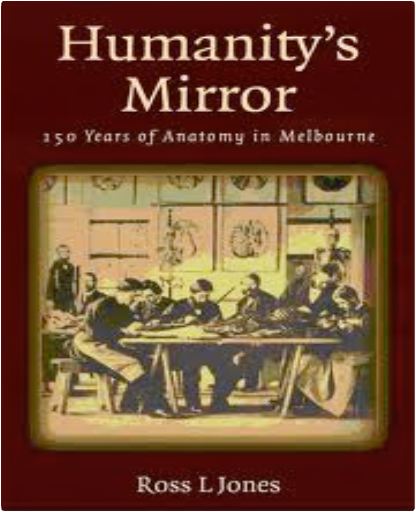 Tells the story of the earliest days of the medical profession and the study of anatomy in Melbourne. From the days when the poor houses were a source of cadavers, charlatans proclaimed themselves surgeons, and anatomists led the public debate on Darwin's theories and the controversial study of eugenics, through until today's world. 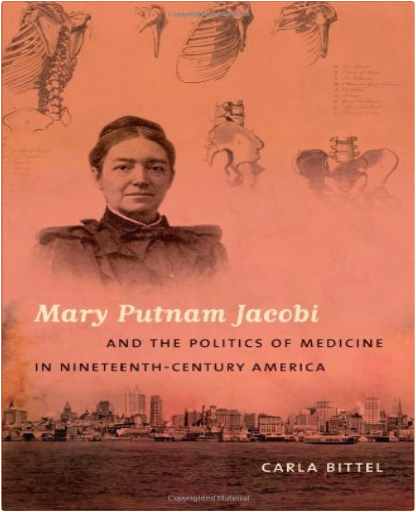 In the late nineteenth century, as Americans debated the "woman question," a battle over the meaning of biology arose in the medical profession. Some medical men claimed that women were naturally weak, that education would make them physically ill, and that women physicians endangered the profession. Mary Putnam Jacobi (1842-1906), a physician from New York, worked to prove them wrong and argued that social restrictions, not biology, threatened female health.  Brand New Spiral Bound Book Direct from the Publisher, Marilyn Blaisdell. | 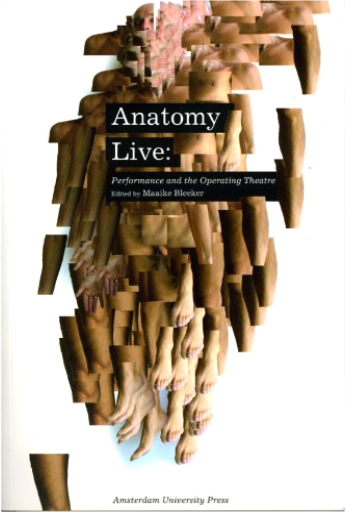 Gross anatomy, the study of anatomical structures that can be seen by unassisted vision, has long been a subject of fascination for artists. For most modern viewers, however, the anatomy lesson—the technically precise province of clinical surgeons and medical faculties—hardly seems the proper breeding ground for the hybrid workings of art and theory. We forget that, in its early stages, anatomy pursued the highly theatrical spirit of Renaissance science, as painters such as Rembrandt and Da Vinci and medical instructors like Fabricius of Aquapendente shared audiences devoted to the workings of the human body. Anatomy Live: Performance and the Operating Theatre, a remarkable consideration of new developments on the stage, as well as in contemporary writings of theorists such as Donna Haraway and Brian Massumi, turns our modern notions of the dissecting table on its head—using anatomical theatre as a means of obtaining a fresh perspective on representations of the body, conceptions of subjectivity, and own knowledge about science and the stage. Critically dissecting well-known exhibitions like Body Worlds and The Visible Human Project and featuring contributions from a number of diverse scholars on such subjects as the construction of spectatorship and the implications of anatomical history, Anatomy Live is not to be missed by anyone with an interest in this engaging intersection of science and artistic practice. 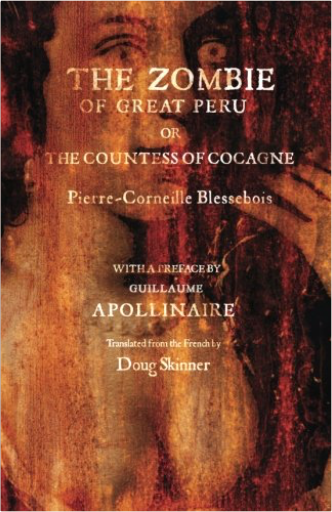 A zombie rises from the grave of French literature to stalk the earth once more! This bizarre novel – written in 1697 – marks the first mention of the word “zombie” in world literature. It is a wicked tale of lascivious lust and lunatic desires, a strange concoction of prose and verse, set in the sexual and racial hothouse of colonial Guadeloupe. Our narrator has his eye on the beautiful Creole Countess, who goes barefoot and serves her guests tadpoles. When she offers him sex in exchange for magical powers, he tricks her into thinking she’s an invisible zombie; slapstick, humiliation, and confusion follow. Includes a preface by the avant-garde magus: Guillaume Apollinaire. FIRST PUBLICATION IN ENGLISH! 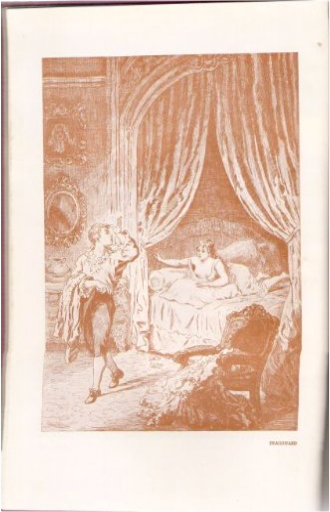 B001NPMRB6 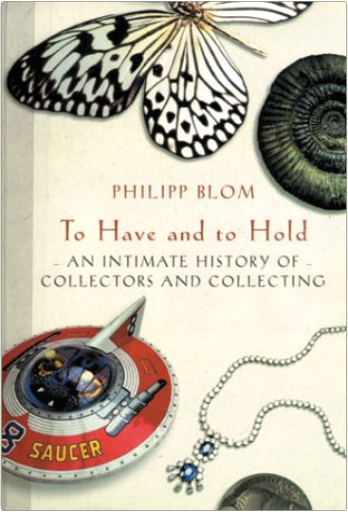 The cabinets of obsessive Renaissance collectors were filled with rhinoceros horns encrusted with rubies and jaws of gigantic fish, stuffed birds in the most extraordinary colors, and glorious sea shells of all descriptions. Today’s collectors amass everything from Picassos to Pez dispensers. But why? In To Have and To Hold, Philipp Blom explores the history of the collecting passion from the Renaissance to the present.  London, 1921. The world's greatest wax sculptor watches in horror as flames consume his museum and melt his uncannily lifelike creations. Twelve years later, he opens a wax museum in New York. Crippled, disfigured, and driven mad by the fire, he resorts to body snatching and murder to populate his displays, preserving the bodies in wax. "In a thousand years you will be as lovely as you are now," he assures one victim. In The Mystery of the Wax Museum (1933), director Michael Curtiz perfectly captures the macabre essence of realistic wax figures that have excited the darker aspects of the public's imagination ever since Madame Tussaud established her famous museum in London in 1802. 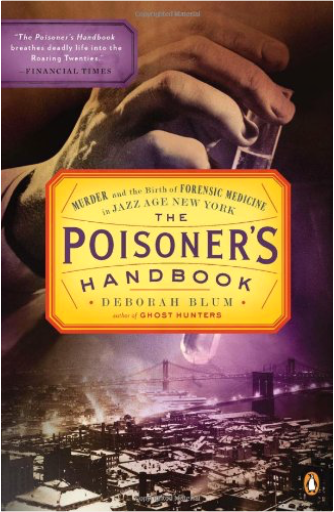 ***PBS's AMERICAN EXPERIENCE released a film based on The Poisoner's Handbook in January 2014*** |

Morbid Anatomy Museum
Collection Total:
1,253 Items
1,253 Items
Last Updated:
Jan 26, 2016
Jan 26, 2016


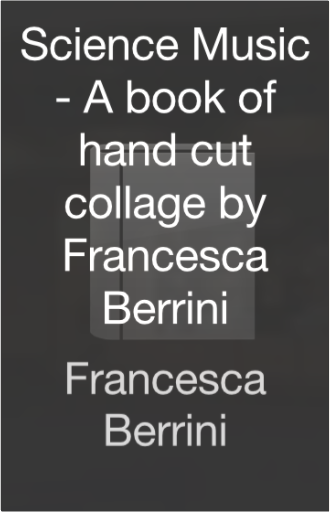

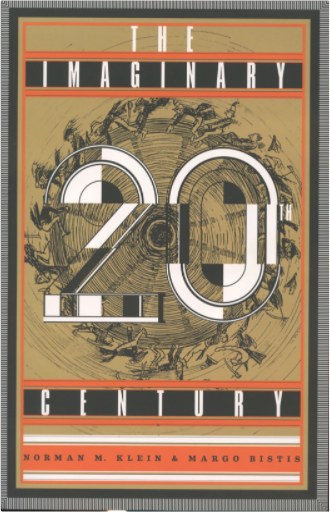
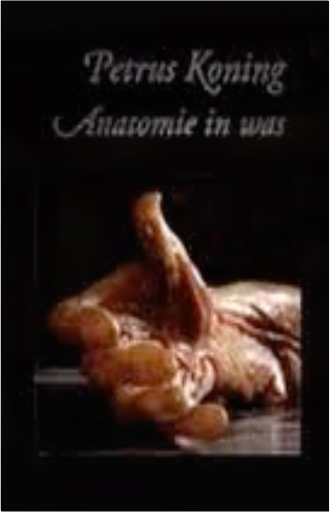
 Made with Delicious Library
Made with Delicious Library